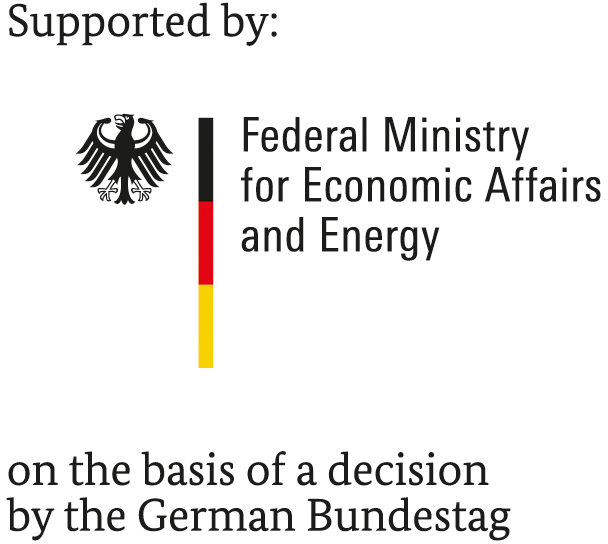HIV latency. Interaction between HIV proteins and immune response
Description
Formats
Links
Integrating life history and cross-immunity into the evolutionary dynamics of pathogens.
Description
Models for the diversity and evolution of pathogens have branched into two main directions: the adaptive dynamics of quantitative life-history traits (notably virulence) and the maintenance and invasion of multiple, antigenically diverse strains that interact with the host's immune memory. In a first attempt to reconcile these two approaches, we developed a simple modelling framework where two strains of pathogens, defined by a pair of life-history traits (infectious period and infectivity), interfere through a given level of cross-immunity. We used whooping cough as a potential example, but the framework proposed here could be applied to other acute infectious diseases. Specifically, we analysed the effects of these parameters on the invasion dynamics of one strain into a population, where the second strain is endemic. Whereas the deterministic version of the model converges towards stable coexistence of the two strains in most cases, stochastic simulations showed that transient epidemic dynamics can cause the extinction of either strain. Thus ecological dynamics, modulated by the immune parameters, eventually determine the adaptive value of different pathogen genotypes. We advocate an integrative view of pathogen dynamics at the crossroads of immunology, epidemiology and evolution, as a way towards efficient control of infectious diseases.
Formats
Links
Izhikevich2003 SpikingNeuron
Description
The model is according to the paper Simple Model of Spiking Neurons In this paper, a simple spiking model is presented that is as biologically plausible as the Hodgkin-Huxley model, yet as computationally efficient as the integrate-and-fire model. Known types of neurons correspond to different values of the parameters a,b,c,d in the model. Figure2RS,IB,CH,FS,LTS have been simulated by MathSBML.
Formats
- Systems Biology Markup Language Level 3 Version 1 Core
- Systems Biology Markup Language Level 2 Version 5




This model is described in the article:
Studying HIV latency by modeling the interaction between HIV proteins and the innate immune response. Aguilera LU, Rodríguez-González J. J. Theor. Biol. 2014 Nov; 360: 67-77
Abstract:
HIV infection leads to two cell fates, the viral productive state or viral latency (a reversible non-productive state). HIV latency is relevant because infected active CD4+ T-lymphocytes can reach a resting memory state in which the provirus remains silent for long periods of time. Despite experimental and theoretical efforts, the causal molecular mechanisms responsible for HIV latency are only partially understood. Studies have determined that HIV latency is influenced by the innate immune response carried out by cell restriction factors that inhibit the postintegration steps in the virus replication cycle. In this study, we present a mathematical study that combines deterministic and stochastic approaches to analyze the interactions between HIV proteins and the innate immune response. Using wide ranges of parameter values, we observed the following: (1) a phenomenological description of the viral productive and latent cell phenotypes is obtained by bistable and bimodal dynamics, (2) biochemical noise reduces the probability that an infected cell adopts the latent state, (3) the effects of the innate immune response enhance the HIV latency state, (4) the conditions of the cell before infection affect the latent phenotype, i.e., the existing expression of cell restriction factors propitiates HIV latency, and existing expression of HIV proteins reduces HIV latency.